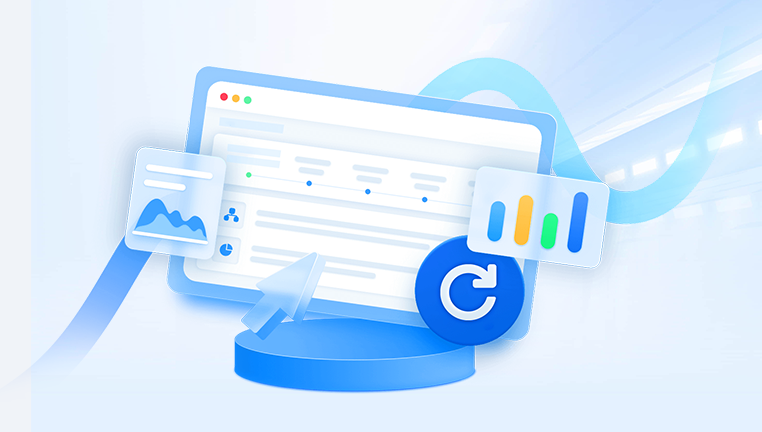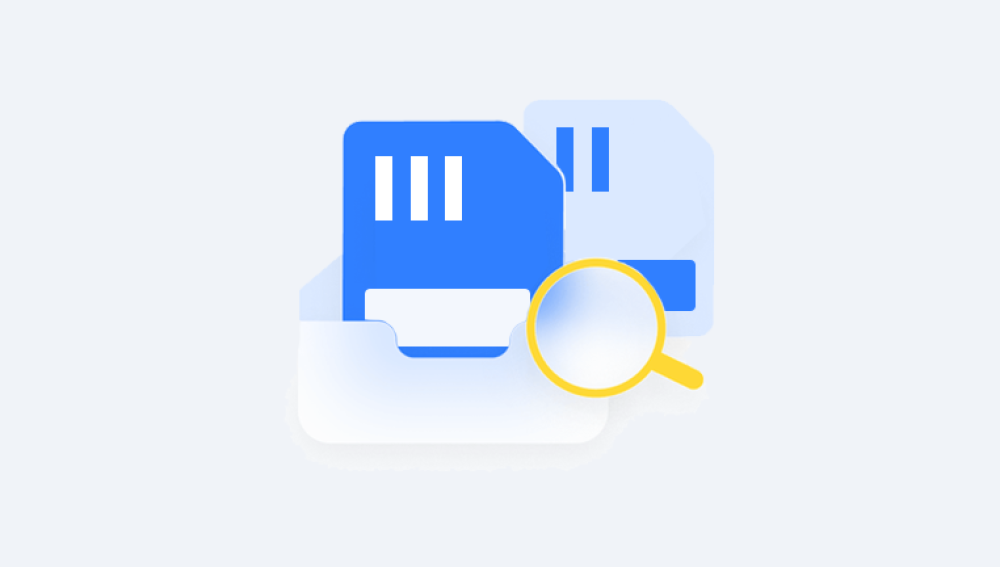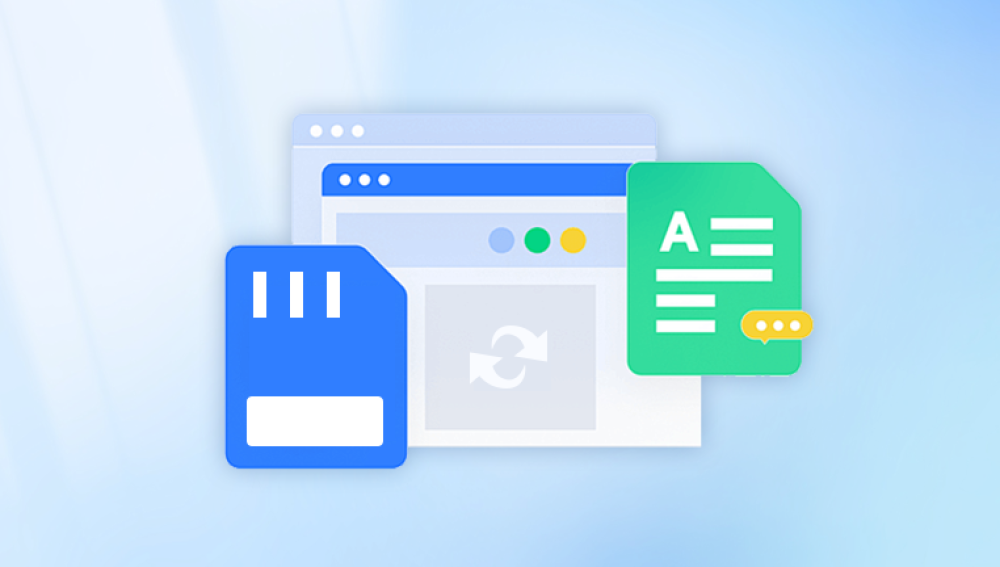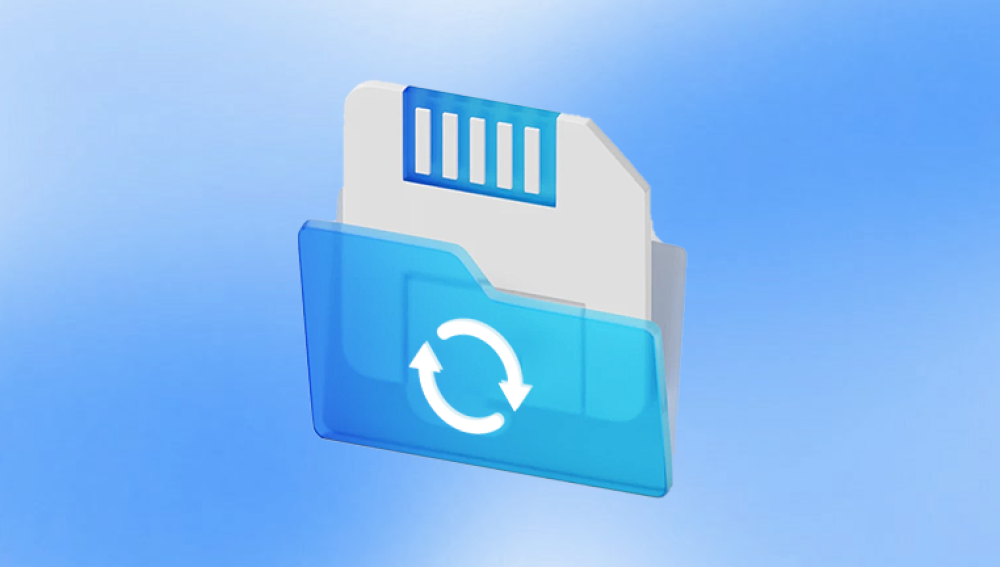SD (Secure Digital) cards are essential storage tools used in digital cameras, smartphones, drones, dashcams, trail cameras, and other electronic devices. Whether you're a professional photographer, a content creator, or a casual user, your SD card probably stores some of your most important data photos, videos, documents, and more.
Chapter 1: SD Card Data Deletion
1.1 What Happens When Files Are Deleted from an SD Card?
When a file is deleted from an SD card, it’s not immediately erased. Instead, the system marks the space it occupied as available for new data. The file’s data still physically exists until it's overwritten. That’s why it’s crucial to stop using the SD card immediately after noticing data loss.

1.2 Common Causes of File Deletion
Accidental deletion
Unintentional formatting
Virus or malware infection
Corruption during transfer
Improper ejection
System or camera errors
Logical damage (e.g., file system corruption)
Understanding how the data was lost can help determine the best recovery approach.
Chapter 2: Immediate Actions After Data Loss
2.1 Stop Using the SD Card Immediately
Once you realize that files are missing, do not add new data to the card. This includes taking new photos, saving new files, or running software from it. Overwriting reduces the chances of successful recovery.
2.2 Avoid DIY Formatting (Unless Guided)
If your device prompts you to format the SD card due to corruption or unreadability, don’t format it unless you're following a controlled recovery process.
Chapter 3: Best Tool for Recovery – Drecov Data Recovery
3.1 Why Choose Drecov Data Recovery?
Drecov Data Recovery is a user-friendly, professional-grade software capable of recovering deleted, lost, or formatted files from SD cards, USB drives, internal/external hard drives, and more.
Key Features:
Supports FAT32. exFAT, NTFS, and RAW SD cards
Recovers photos, videos, documents, and audio files
Compatible with all brands (SanDisk, Lexar, Samsung, Kingston, etc.)
Offers quick and deep scan modes
Works with corrupted or formatted SD cards
Chapter 4: Step-by-Step Guide to Recover Files Using Drecov Data Recovery
Step 1: Download and Install the Software
Visit the official Drecov Data Recovery website.
Download and install the software on your Windows or macOS computer.
Do not install the software on the SD card you’re trying to recover from.
Step 2: Connect Your SD Card to the Computer
Use a card reader or directly insert the SD card into your device’s card slot.
Step 3: Launch the Application
Open Drecov Data Recovery. It will automatically detect all connected storage devices, including SD cards.
Step 4: Select the SD Card
Choose the SD card from the list of drives. It’s usually labeled by size or drive letter (e.g., “Removable Disk E:”).
Step 5: Choose Scan Type
Quick Scan: Faster and suitable for recently deleted files.
Deep Scan: Scans sector by sector; ideal for formatted or corrupted SD cards.
Step 6: Preview and Filter Files
Once scanning is complete, you can preview recoverable files. Use filters to narrow results by file type (e.g., JPG, MP4. DOCX).
Step 7: Recover Selected Files
Select the files you wish to restore.
Click “Recover.”
Save the files to a different location (not back to the SD card).
Chapter 5: Alternative Recovery Methods
5.1 Recover via Windows File History (If Previously Backed Up)
If the files were backed up using File History:
Open the folder where the file was stored.
Right-click and choose “Restore previous versions.”
Browse available backups and restore the version you need.
5.2 Use CMD for Basic Recovery
Only for experienced users.
Open Command Prompt as Administrator.
Type:
bash
CopyEdit
chkdsk E: /f
(Replace "E:" with your SD card’s drive letter.)
If errors are found, this may restore file access.
Note: This does not recover deleted files, only repairs damaged file systems.
Chapter 6: Recover Files from a Formatted SD Card
Even formatted SD cards can often be recovered.
Using Drecov Data Recovery:
Follow the same steps outlined in Chapter 4.
Choose “Deep Scan.”
Let the software scan all sectors.
Preview and restore needed files.
Deep scan is particularly useful for accidentally formatted or RAW format SD cards.
Chapter 7: Common Recovery Scenarios & Solutions
7.1 Camera Prompted “Format Card” Error
Cause: Corruption or file system error
Solution: Use a card reader and Drecov Data Recovery to scan and recover before formatting.
7.2 SD Card Not Recognized
Try the following:
Use a different reader
Check Disk Management (Windows) or Disk Utility (Mac)
Assign a drive letter (Windows only)
If the SD card shows but is inaccessible, try deep scanning it using Drecov Data Recovery.
7.3 Deleted Photos or Videos from Digital Camera
Most cameras only “hide” deleted files until overwritten. Insert the SD card into a reader and scan using recovery software before taking new photos.
7.4 Recovery After Virus Attack
Malware may delete or hide files. Drecov Data Recovery can scan for files removed by viruses, including those in hidden folders.
Chapter 8: Tips to Maximize Recovery Success
Act quickly before overwriting occurs.
Do not save new data to the SD card.
Always scan the entire card, even if you know the folder.
Save recovered files to a different location.
Use deep scan for formatted or corrupted cards.
Chapter 9: How to Avoid Data Loss in the Future
9.1 Back Up Regularly
Use cloud storage or external drives to keep copies of essential files.
9.2 Use Quality SD Cards
Choose trusted brands like SanDisk, Lexar, and Samsung. Cheap cards are more prone to failure.
9.3 Handle SD Cards Properly
Safely eject cards
Don’t remove cards while writing
Avoid using the same card across too many devices
9.4 Use Antivirus Software
Protect your SD card (especially on shared computers) from viruses that can corrupt or delete data.
Chapter 10: When to Seek Professional Help
If your SD card is physically damaged (broken, cracked, burnt), or none of the software tools work, it’s time to consult a professional data recovery service. These companies can perform hardware-level recovery in cleanroom environments.




